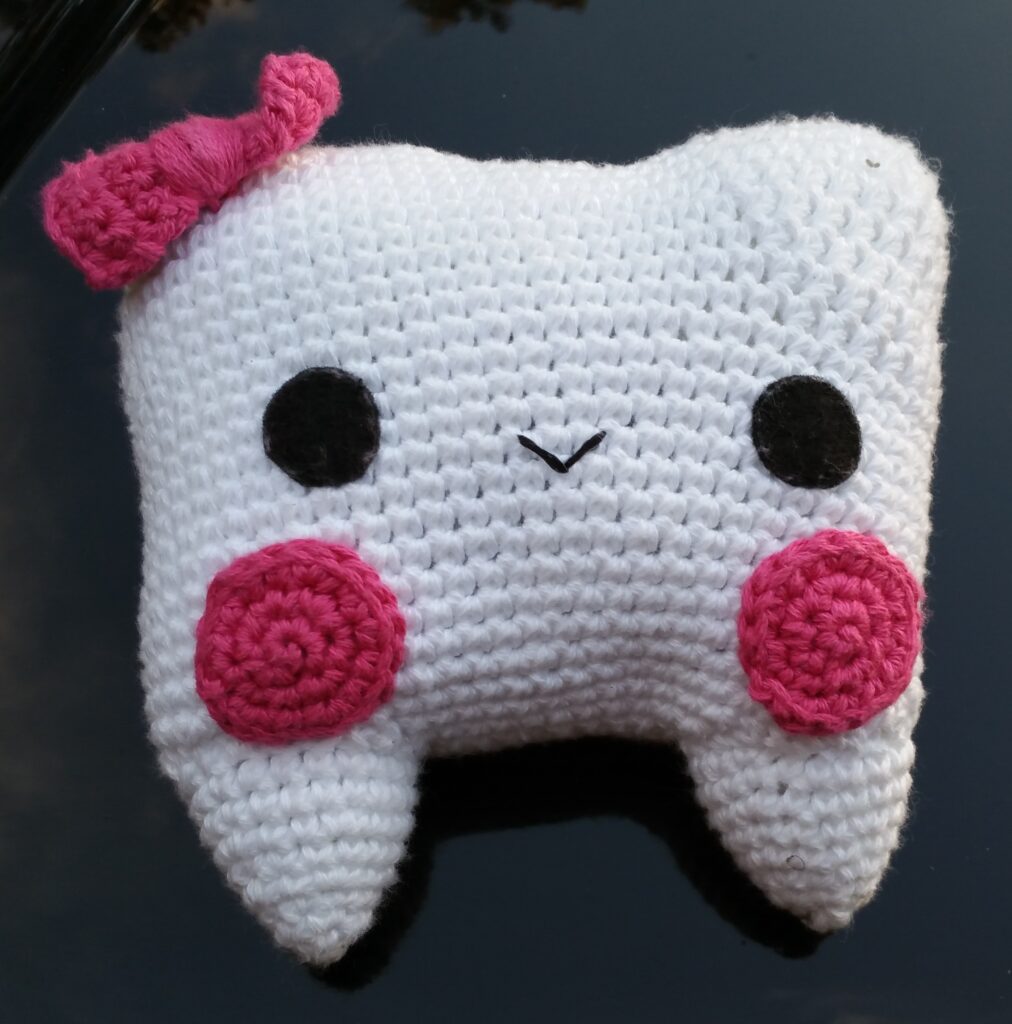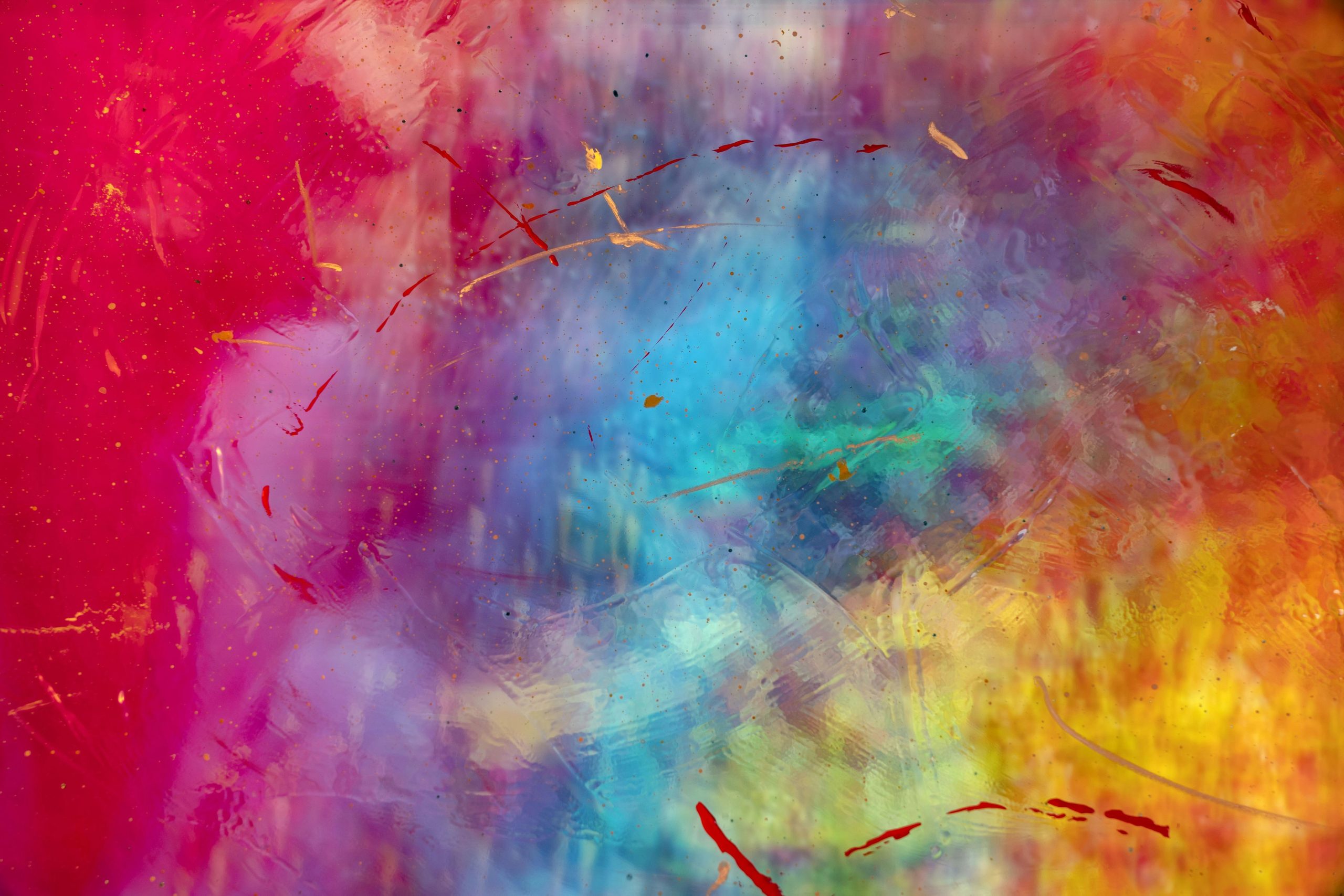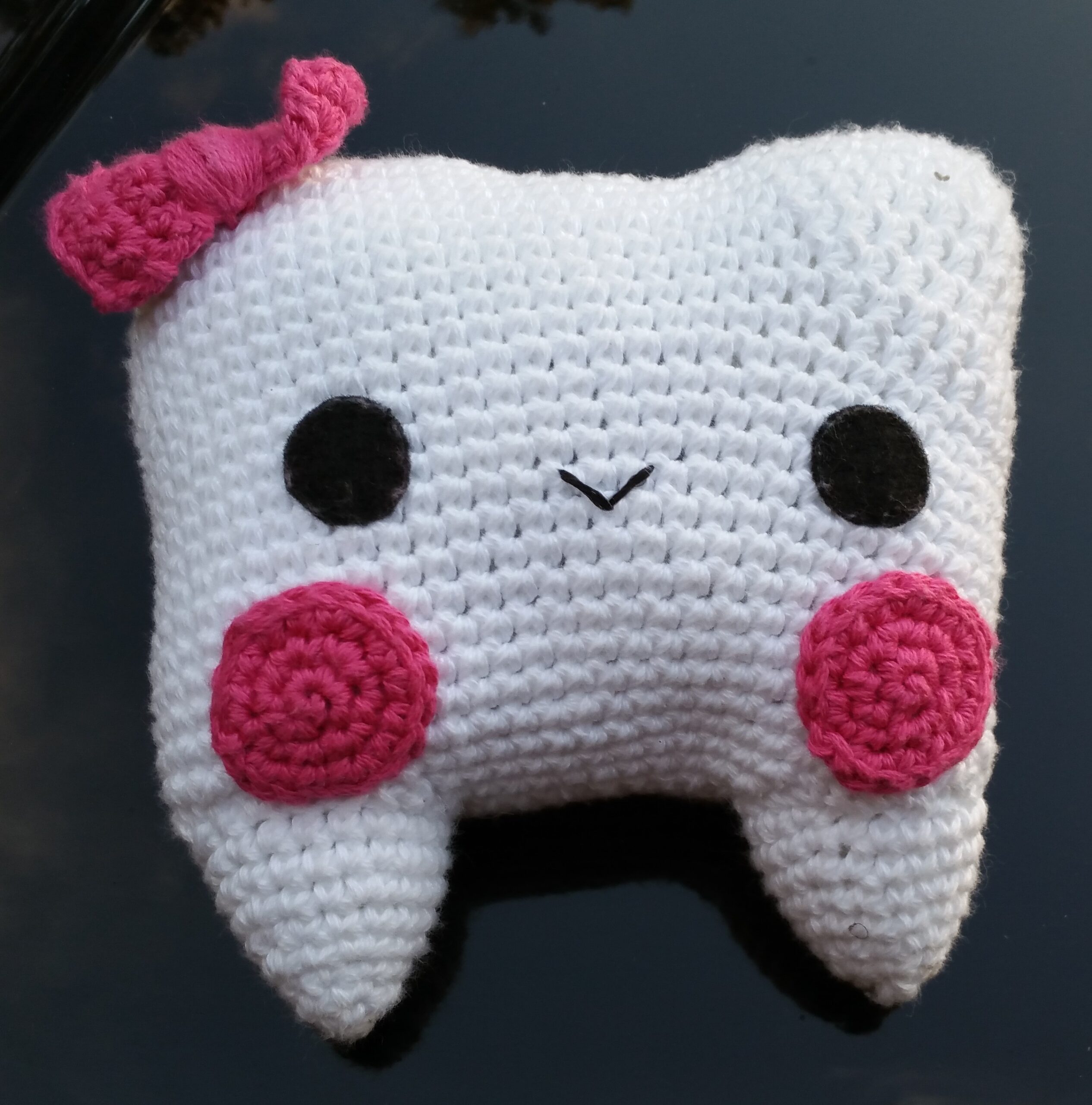I came across an article on Axios.com this morning, “Tooth fairy payouts drop to lowest rate in years”.
First off, I never realized there was a “market” for lost baby teeth. Secondly, am I supposed to feel like the Tooth Fairy short-changed my child for offering only a single dollar (rolled up and bow-tied with dental floss) for each tooth? And who would I go to to complain about this grave injustice?
Certainly, lost baby teeth can be commodified. But should they? Can we take a step back for a moment, look at the whole phenomenon and ask ourselves what we’re doing?
Yes, let’s unpack this for a sec. What meaning, what intentionality, can we ascribe to this cultural act? I haven’t looked up the history of the Tooth Fairy, but now I’m curious to do so.
*goes to look up the history of the tooth fairy*
Ok. I found this article from 123dentist.com. There are modern tooth fairies, old tooth fairies, and the ancient tooth fairies. All the traditions mentioned in the article signal that losing baby teeth is a right of passage, and that the tooth fairy helps kids navigate a growth milestone that can be worrisome for a young mind.
Personally, I’d have to guess that the tooth fairy concept worked (or maybe it’s just fading affect bias).1 I don’t recall being afraid of losing my teeth when I was a kid, not in an existential way, at least. I do remember being anxious about how I would lose the loose tooth. YAY for that time I discovered one embedded in a piece of bread I’d just tried to bite, MAJOR BOOS for the times a tooth suffered apparent separation anxiety and teasing adults recommended lassoing it to a nearby door handle. I suppose the anticipation of receiving a reward for a tooth well lost mitigated some of the worry.
The 123dentist article says that ancient Vikings carried their children’s teeth with them to battle as a good luck charm. Some European traditions talk of burying baby teeth to ward off hardship, and other traditions involved presenting gifts to the children when a tooth fell out. I found another article which mentioned that, in some cultures on the African continent, where a lost baby tooth ended up depended on where it had grown: upper teeth were thrown on roofs while lower ones were buried under ground.
It seems that people from cultures in many parts of the globe marked—and continue to mark—this set of milestones in some way.
Maybe all I’m trying to say is that the cultural historian in me much prefers to think of the bigger picture of why we do things—prefers to take the long view. I imagine that an article addressing the “tooth fairy payout rate” is meant to be a little absurd, yet I feel that on some level it’s tapping in to something about modern culture that we’re taking for granted.
I’ll probably go into this in more depth later, but for now I’d like to invite readers to think about how much we think about why we do things? There’s culture behind all of it. Meaning, there’s an attitude and a mindset and a value system that undergirds it all. How much of what we value is based on being able to give a monetary value to something? How much of how we interact with… anything, is based on what we can get from it, from him or her or them? How much of how we interact is based on what we can give?
I’m feeling like the amount of money given matters less than the intentionality surrounding it. I would want my child to appreciate the gift, rather than the value. Or, more precisely, I’d rather center the cultural value over the monetary one. Because, as we can see, the monetary value fluctuates. The market rate for a lost tooth is down currently, to between $5.01 and $5.84, from $6.23 in 2023.2 And the market depends on what, exactly?
I don’t have answers to all these questions. I just invite us to take a pause from time to time to wonder at the “Why?” behind the way that we live. There are little things we can do to tweak our intentions to align with what really matters.
I’d argue that focusing on the connections that traditions can build between people is a more meaningful use of our energies than worrying about whether we’re keeping pace with the Tooth Fairy next door.



- Pretty much the idea that bad memories fade with time. https://en.wikipedia.org/wiki/Fading_affect_bias ↩︎
- https://www.axios.com/2025/02/25/tooth-fairy-going-rate-2025-value-baby-teeth ↩︎


Leave a Reply